What makes a home theatre system really sing? GARTH MURRAY of Theophany knows a thing or three about the science of loudspeakers.
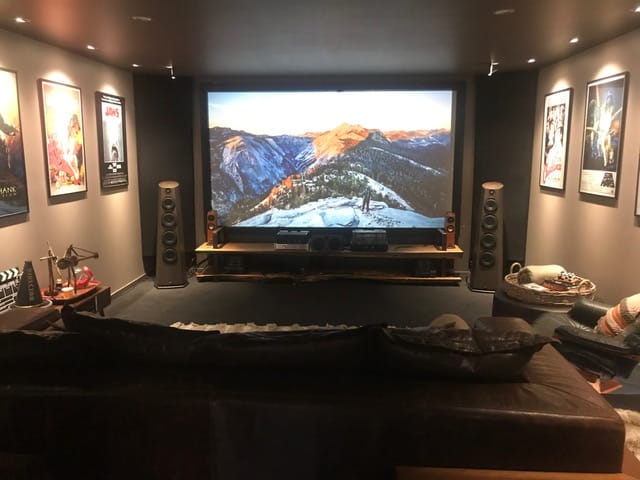
One Saturday morning In 1994 while living in Nelson I walked into an electrical store in Stoke not realising that the experience I was about to have would change my life forever. On a large rear projection TV, the movie True Lies was playing. I had not been standing in front of the TV for very long when a bullet came flying across the room from behind me – or so I thought based on the noise.
Quickly turning around, I could see nothing out of the usual. A sea of TVs, stereos, washing machines and microwaves filled the space. But there was also something that I wasn’t familiar with: a tall thin black Sony speaker pointing to where I was standing. Next minute there was an explosion that came from the other side of the room, right where another Sony speaker stood. I quickly realised that this was something I had never seen or heard before. The guy in the shop told me it was a “home theatre”. Wow, what a cool concept! A theatre to enjoy in my own home! I wanted one but it would be a few years before I could afford it.
Would you like to support our mission to bring intelligence, insight and great writing to entertainment journalism? Help to pay for the coffee that keeps our brains working and fingers typing just for you. Witchdoctor, entertainment for grownups. Your one-off (or monthly) $5 or $10 donation will support Witchdoctor.co.nz. and help us keep producing quality content. It’s really easy to donate, just click the ‘Become a supporter’ button below.
At the time I had on permanent loan from my brother-in-law David a NAD stereo that I enjoyed very much. I have loved music from a young age. I have learnt many instruments but mainly play the guitar and still do regularly in a covers band in Christchurch with some great mates, one of whom I went to school with in the ’70s. So music has and always will be a huge part of my life. This home theatre thing, though, really struck a chord with me.
A year later my wife and I moved to Auckland. A few months after arriving I visited Eastern Hifi and a bunch of other stores. I auditioned what seemed like dozens of speakers and amps. In the end I purchased a Denon amp and a full set of Mirage speakers. The system seemed to me to be perfect: great theatre and amazing hi-fi. I have since come to realise that there are some differences between most hi-fi and home theatre systems. Sure it’s possible to have both in one system but to say a home theatre is a hi-fi is not often right. However, I do believe that almost all hi-fi systems are home theatres.
I started building systems in 2002. I read every book on speaker design I could find. I emailed the authors and spoke to respected audio designers, learning as much as I could from anyone that was prepared to share their knowledge. I travelled overseas to meet people in the industry and learn from them. I was coming from a background in aviation engineering where I studied both mechanical and electrical engineering as well as the science of aeronautics. I quickly realised that the three sciences I had studied were exactly the same sciences used in speaker design. This helped immensely in coming up with something that seemed to not only work very well but that would appeal to the market.
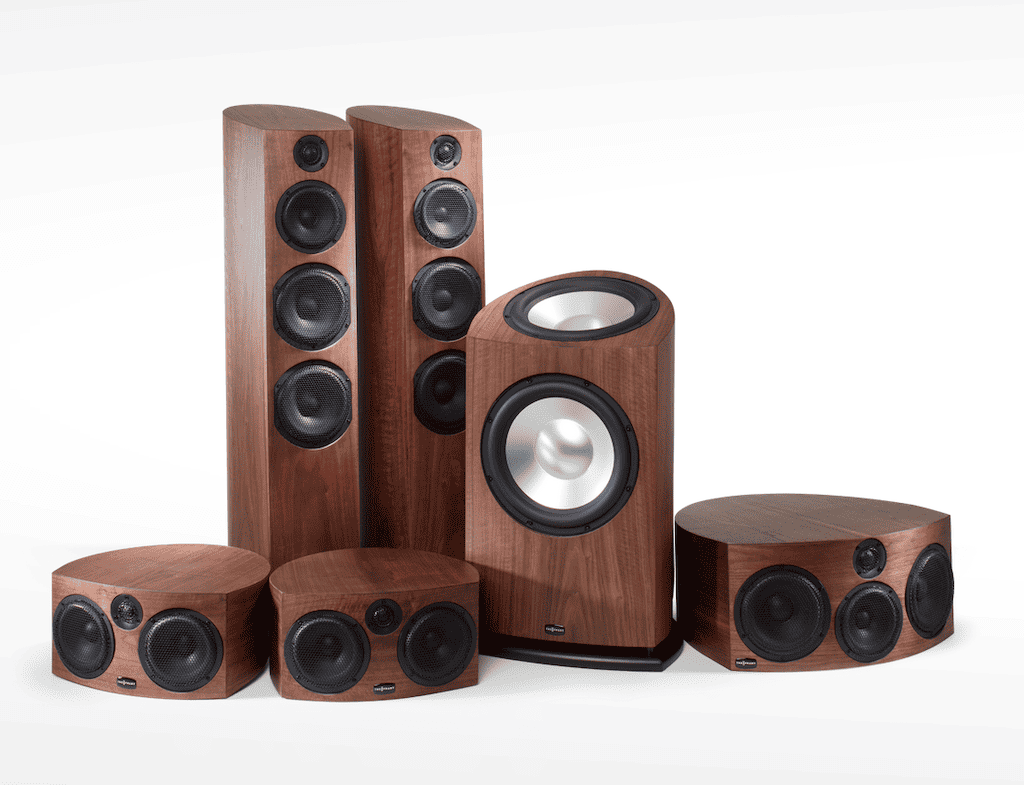
I made my first full home theatre in 2003 and was selling them by the following year to people who almost always came, listened and wanted them. Since that time not only have we sold thousands of home theatre systems, we have had some amazing and very respected people state that our home theatre is the best they have ever heard; including the likes of Hammond Peek, who has two academy awards for sound mixing and recording on Lord Of The Rings and King Kong. He has heard theatres all over the world but was happy to state that our theatre was the best he had ever heard.
So, what is a home theatre and what makes it different to a hi-fi system? In my personal opinion, the difference between the two is simple: one has a screen and one doesn’t.
When I listen to music there are a few things I want to hear and none of them are the speakers. I want to hear and feel the music so the things that are important are the imaging and sound stage, not just width but the depth. I also love to hear the various layers of sound, and the separation between each little sound being produced. I like to hear the bass as a note rather than a dooff or a thud. What all of this in combination does is transports the artist, band or orchestra directly to me. I feel like they are in the room with me.
Home theatre is no different. Once again I want the speakers to disappear and the experience to be made real. When I go to a concert the sound is typically in front of me. Two speakers are very cable of producing this effect. However, in a movie, while we are watching something in front of us the producer wants us to feel that the movie is going on all around us. In fact, George Lucas once said that audio was far more important at invoking the 3D experience than the picture ever could.
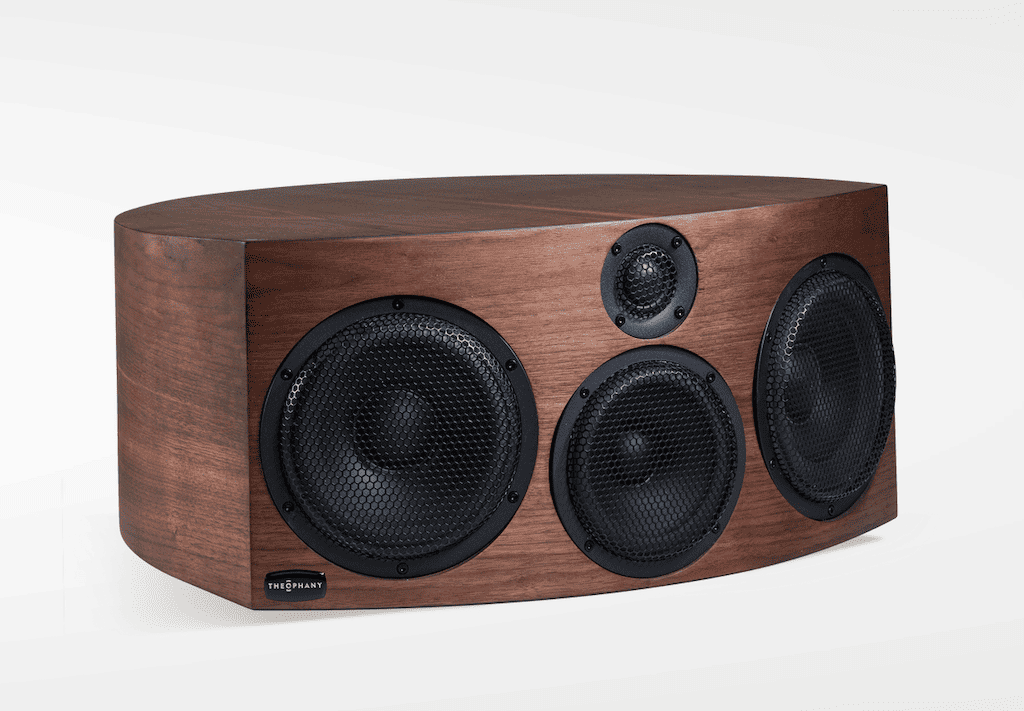
Some high-end speakers do seem to fill a room, and their imaging and soundstage is so expansive that it does seem like you are in the movie. However, for most people, slightly less expensive speakers positioned around the room can do this very well. I still want my surround speakers to be of a similar quality to my mains, but as they are often smaller they may not produce the same level of bass. Imaging and detail, however, are still critical. Layers of sound help keep it real and make the experience even better.
So what do all the speakers in a home theatre do? Let’s start with the main speakers. In a good system, the main speakers are really a pair of hi-fi speakers designed to play amazing music. If they can do this then home theatre is easy as it is no more demanding than music. However, I have heard a lot of home theatre speakers that sounded okay with films but were particularly unimpressive with music. So, in my opinion, if you want a system for both, start with your mains and pick ones that really suit your music needs. If they do, I am fairly confident they will have no trouble with home theatre.
Where a lot of people spoil their system is the centre speaker. In a movie, up to 70% of the audio is coming from the centre speaker. I have had people ring me after purchasing their main speakers. “The music sounds great but it loses some of the life when I change to home theatre”. When questioned about their centre speaker, I find that it is quite inferior to the main speakers and is spoiling the front stage. I suggest they might like to try turning off the centre speaker in the amp settings and trying it again. In every single case, the customer has got back to me and told me how much better the home theatre is with the centre speaker turned off.
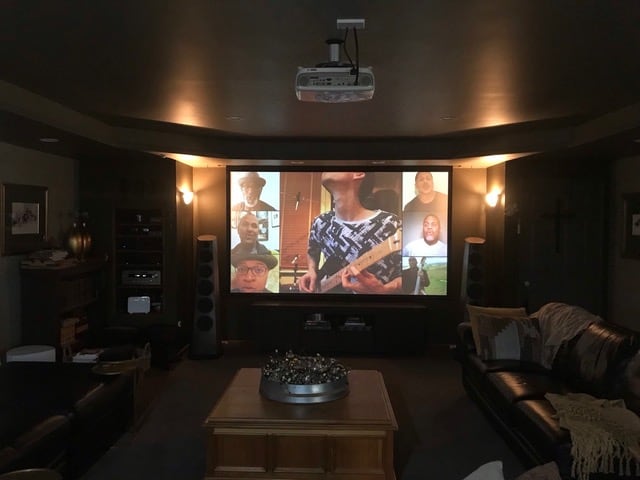
Does this mean you are better not having a centre speaker with a home theatre? Not at all. What it means is that the centre speaker must match as much as possible in quality and tone the main speakers. If you want a pair of superb main speakers and then match it with a little bargain basement centre you are never going to get a great home theatre experience. In this case, you are better off without one. Modern amps all matrix the centre channel through the main speakers if you turn the centre channel off, so you lose nothing and doing this you get all the benefits of your superior speakers playing that 70% of sound coming from the movie.
Surrounds are another area you must be careful with. Speakers typically have a tone quality. I like to call it tonality. If you have some lively, detailed sound at the front of the theatre but the surrounds are not the same quality or sound then the transition of sound around the room changes. When this happens, I think we subconsciously detect it and close down to the emotional side of the theatre experience.
A lot of people choose to put in-ceiling speakers as their surround option. If the whole theatre is at the same level then you might have an okay home theatre. However, it will never be as real as proper surround speakers. There are many reasons for this including ‘off-axis response’, imaging, detail and especially positioning.
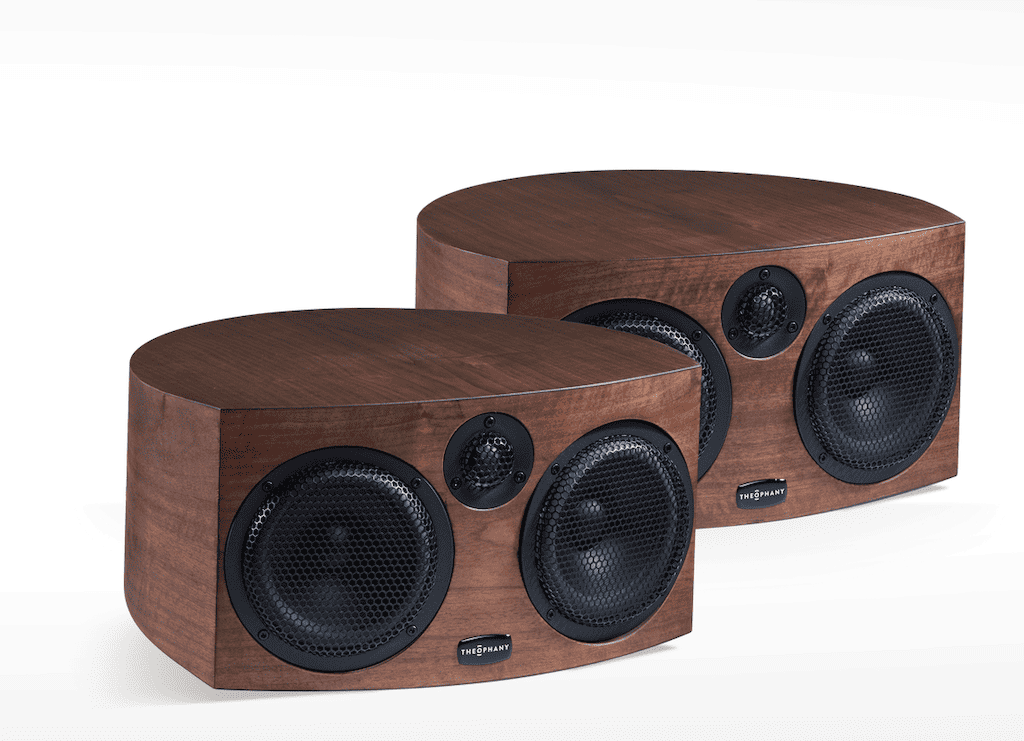
In our day to day life, most sounds we experience other than birds and planes and maybe wind in trees are actually lateral, not vertical. By this I mean they come from beside us, not above us. I have found that when listening to home theatres with the speakers mounted in the ceiling above my head I actually don’t get as excited by it, as it’s just not realistic as far as the positioning of the sound goes. We have actually found that clients have been so disorientated by the ceiling speakers that we have disconnected them and either just left them with a front system or they have fitted proper surround speakers.
Surround speakers also come in various other options and positions. In a 5.1 system, there are two surround speakers. In a 7.1 there are surround speakers and surround back speakers. Most amps give you the option to position the side speakers beside or behind the main listening position. Then there are 9.1 and 11.1 systems. These can certainly be exciting, but I am a bit weary of them even though it’s to our benefit to sell more speakers.
 The larger systems – which are typically Dolby Atmos theatres – are great when the speakers all match and movies are encoded to use them well. Like before, I don’t want sounds that normally come from beside me coming from above my head. It spoils the effect and robs the soundtrack of emotion.
The larger systems – which are typically Dolby Atmos theatres – are great when the speakers all match and movies are encoded to use them well. Like before, I don’t want sounds that normally come from beside me coming from above my head. It spoils the effect and robs the soundtrack of emotion.
Subwoofers are another speaker often used in home theatres. All modern amps have an LFE channel. This stands for Low Frequency Effects and are added to a movie to give that punch and energy that we want when watching. Whether it be an explosion, thunder or just a car passing it does add reality to a scene and helps transport us into the movie. However, subwoofers are one area where it is true to say that they are just not high fidelity. I have made truly high fidelity, musical subwoofers. They are very expensive with multiple, very fast drivers. These aren’t really essential for home theatre but if you are going to use your subwoofer for music, it definitely needs to be clean, tight and punchy – something a lot of subwoofers are not.
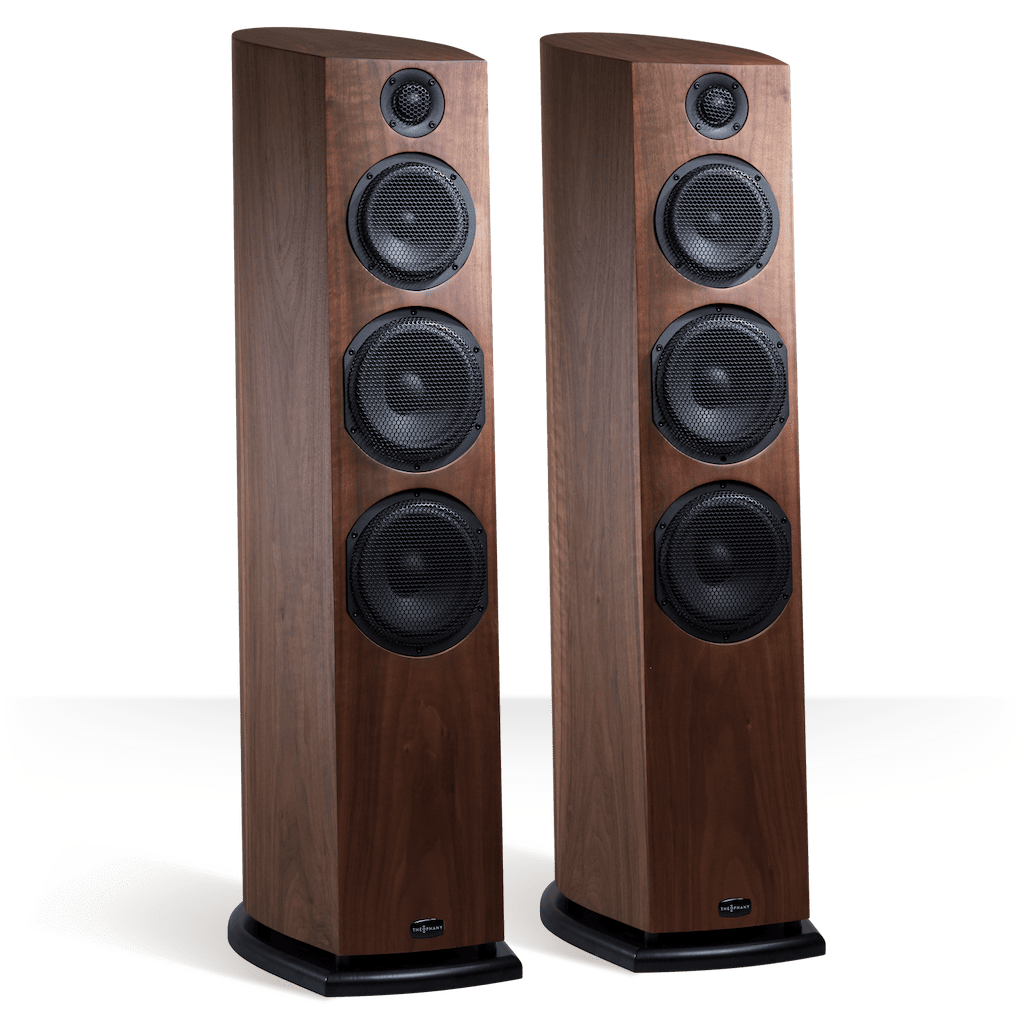
There are many different subwoofer types. Direct radiating, down-firing, omni directional, fourth order, sixth order, etc. They all have points for and against. I have built and tested all of the above types and have found that they do different things well. For example, I have built two fourth-order 18″ subs for our band that really punch in a huge venue with 150 people dancing, but they are not at all suitable for a home theatre. They are efficient and loud but their frequency response is not that wide, and they have a huge peak at the resonance of the chamber. A less efficient direct or down-firing subwoofer (possibly ported or sealed) can be far nicer for both music and home theatre. If a sub is slow and boomy then everything will sound slow and boomy and the theatre will be spoiled. It is not only essential that a home theatre subwoofer is of high quality but that it is set up correctly.
Home theatre systems all need an amp and there are many on the market. You need to decide if you want the entire 11.1 Dolby Atmos home theatre or if you just want to feel like you’re there with the actors in the movie or concert. I ride a dirt bike and see many people buying the fastest, most powerful dirt bike, but because it is so much more than they will ever need they actually never reach its potential. Not only do they waste a good portion of the machine, they actually don’t improve as they are not as comfortable on it as they would be on a slightly more suitable bike.
Theatres are like this. I have seen people trying to cram in a 9.1 or 11.1 or even 11.2 system into a tiny room, when in fact all that is really needed to transport them into the movies is a 4-channel system: two mains and two surrounds, or possibly even two mains and nothing else. I know this goes against the grain of a lot of enthusiasts out there but I do question what they are really after: a system to transport them into a movie or a concert or a system to show their mates?
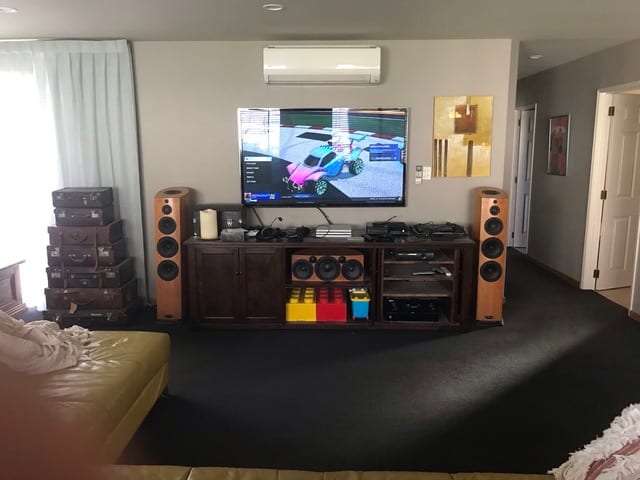
Amps all have their own style as well. I personally like an amp to be detailed and punchy, with lots of energy to ramp things up at an instant but then express the joy of a gentle rainfall. I have heard amps that while reviewed very well seemed to be quite muffled and boomy and others that are clean, tight and punchy. Listen to as many as you can before purchasing and make sure you try them with both music and movies. Most modern amps have outstanding interconnectivity and streaming capability which is fantastic, especially with the improvements constantly happening in both music and movie streaming. My new Apple TV arrived yesterday, so I set it up beside the older model I had, and one of the huge differences I experienced immediately was the quality of the sound out of the new one. Once again, my streaming theatre viewing did another leap forward.
I should also say that while most modern amps are getting better and better I still love a great theatre amp with a separate power amp. This really does give you so many more musical options and really is a true hi-fi system; all the benefits of a separates system but one that is capable of playing movies in a way far superior to even a lot of theatres.
Admittedly, I listen to far more music than I watch movies but that first theatre experience has stayed with me for almost 30 years now, so when I do watch a movie I want it to be fantastic. I always focus on music first and theatre second, but I have found this always gives me the best overall system. I still get excited when I sit down to a great movie or concert in my home theatre. When you consider that you can do this every day, it really does mean it’s money well spent.
* Garth Murray is the creator and owner of the Christchurch-based, internationally respected Theophany speaker company.





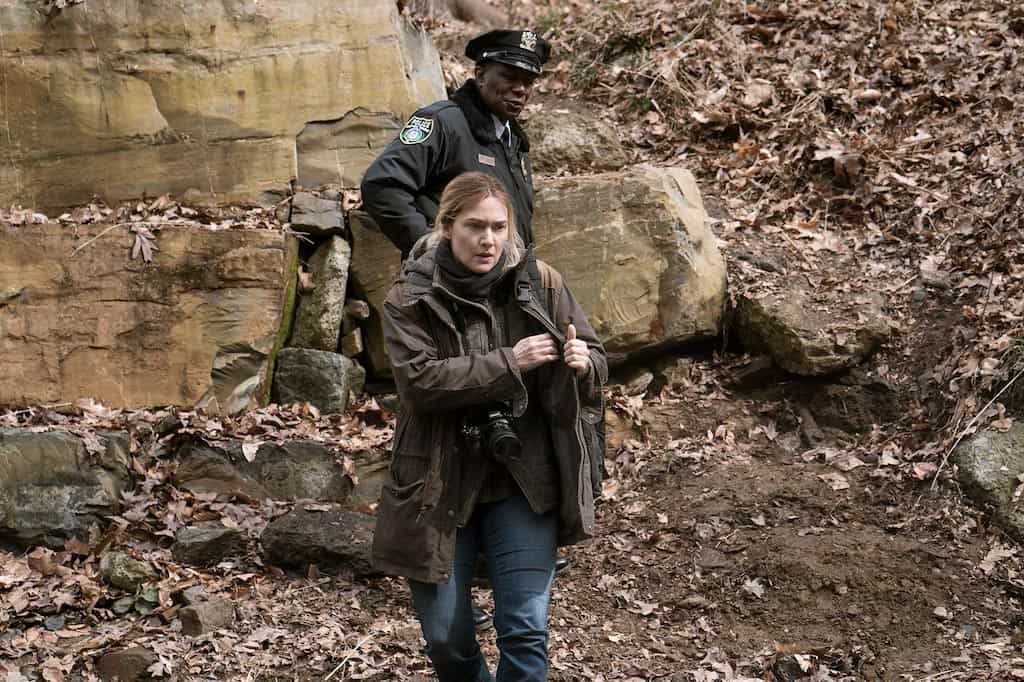
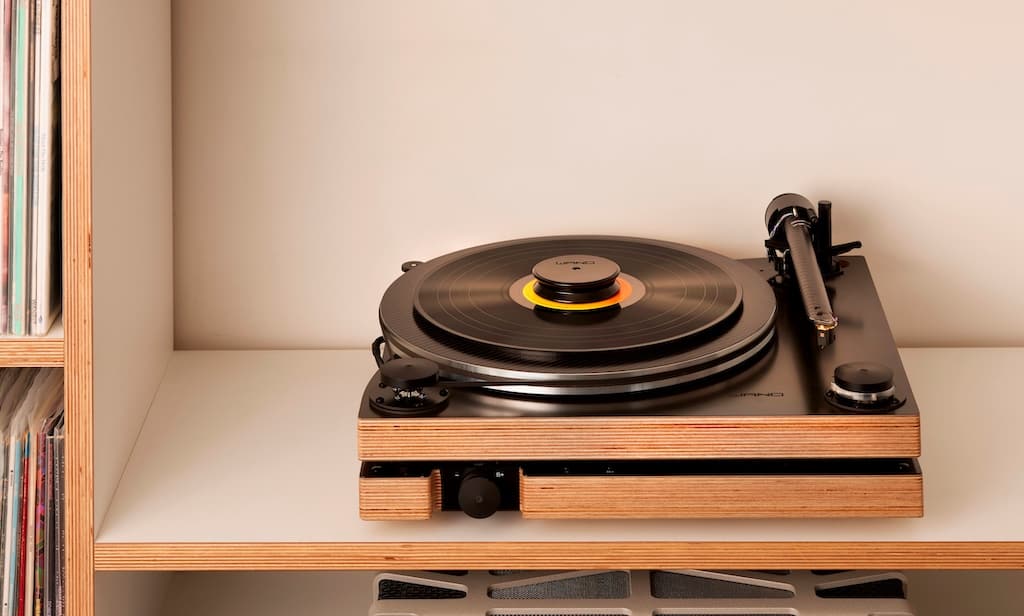
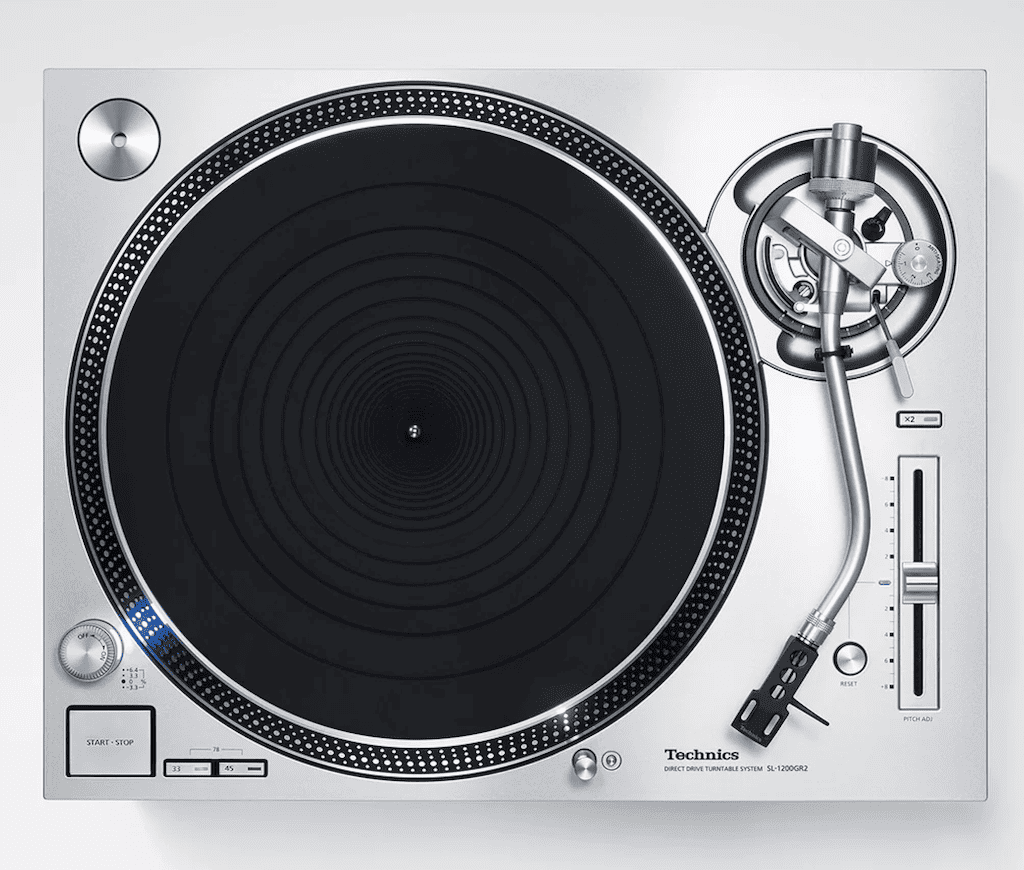

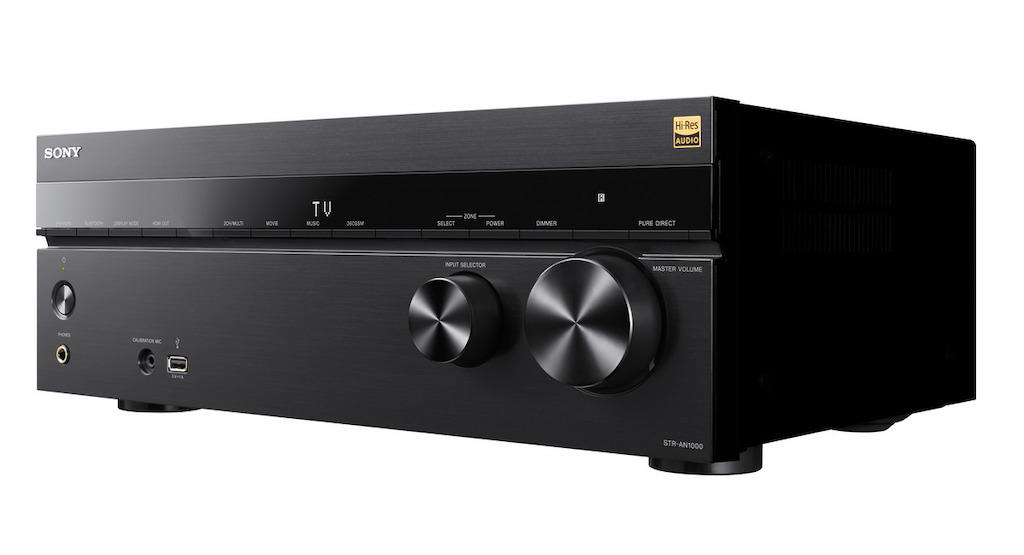
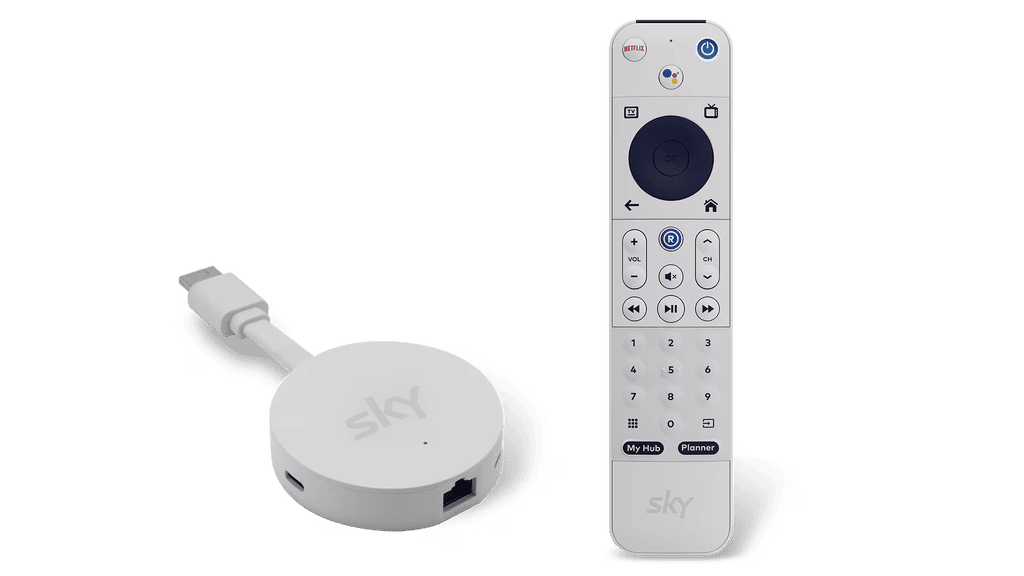

Front speakers all in a row = FAIL !